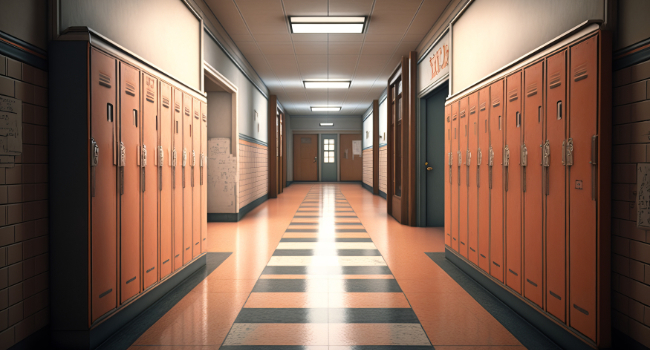
The Critical Need for Naloxone on School Campuses
- By Ross Seeley
- July 17, 2024
The opioid crisis is escalating across the United States, increasingly affecting all segments of the population, including students on K-12 and college campuses. As the threat from opioids, especially fentanyl, becomes more widespread, it's critical for schools to have naloxone available—an antidote for opioid overdoses. This article discusses why naloxone should be as common as Automated External Defibrillators (AEDs) in educational settings.
The Growing Menace of Opioids
Recent studies show a troubling increase in opioid-related deaths, especially among young people. According to the Centers for Disease Control and Prevention (CDC), opioid overdose rates among adolescents have been climbing consistently. In 2020, there were more than 5,000 opioid-related deaths among 15 to 24-year-olds in the United States. Fentanyls were responsible for 77.14 percent of overdose deaths in this age group.
This disturbing increase is largely due to the prevalence of fentanyl, a powerful opioid that is often unknowingly mixed with other recreational drugs, greatly increasing the risk of accidental overdoses. This situation highlights the urgent need for naloxone availability on school campuses, where young people spend much of their time.
Recognizing the urgency of the opioid crisis, several states have enacted or are in the process of enacting legislation that mandates the availability of naloxone in schools. For instance, in California, Assembly Bill 2729 requires schools to stock naloxone and train staff to administer it in case of an overdose. Similar measures are being considered or implemented in various states across the country, reflecting a broader societal shift towards proactive measures in combating opioid-related emergencies. This legislation supports integrating naloxone into school health protocols, emphasizing its necessity for emergency preparedness.
Naloxone Accessibility, A Key to Saving Lives
Like AEDs, the availability of naloxone can dramatically increase survival rates in emergencies. Quick access is crucial—if naloxone is locked away, it might not be available when needed most. Schools need to ensure naloxone is easily accessible across campus, preferably in strategically placed overdose response kits, ready for immediate use.
Placing naloxone kits inside existing AED installations is a logical and economical approach. This strategy uses familiar locations to enhance emergency preparedness, addressing two critical medical emergencies efficiently. Co-locating these tools ensures they are both visible and accessible, streamlining the response during crises.
The effectiveness of naloxone on campuses depends heavily on its visibility and public awareness. Schools should implement clear signage and run regular educational campaigns to highlight the availability of naloxone. Integrating this information into school safety orientations can keep the community aware and prepared to act swiftly and effectively.
Who Should Have Access to Naloxone?
At universities, Naloxone should be accessible to students, resident advisors, campus police, and safety officers. Programs like "safe party boxes" can encourage students to carry naloxone, preparing them for emergencies during social events.
In K-12 Schools: Naloxone access should extend to nurses, teachers, school resource officers and custodial staff, who often serve as first responders in emergencies.
Successful naloxone programs require a supportive legal and educational framework. Schools need to comply with state and local laws and can benefit from Good Samaritan laws that protect those who administer naloxone. Training programs and opioid awareness initiatives are essential, helping demystify and destigmatize naloxone use while promoting proactive community engagement.
Integrating naloxone into school health and safety protocols is a crucial step in addressing the opioid crisis. Schools are not just centers for education but safe spaces for students to grow and thrive. By ensuring naloxone is accessible and well-known, educational institutions can protect their communities and save lives, reaffirming their role as protectors of student well-being in times of crisis.
This article originally appeared in the July / August 2024 issue of Campus Security Today.
About the Author
Ross Seeley, founder of NaloxKit, is a former EMS professional with experience in the offshore marine services industry. He now focuses on health education and specialty packaging at Alden Dimensional Media Inc.